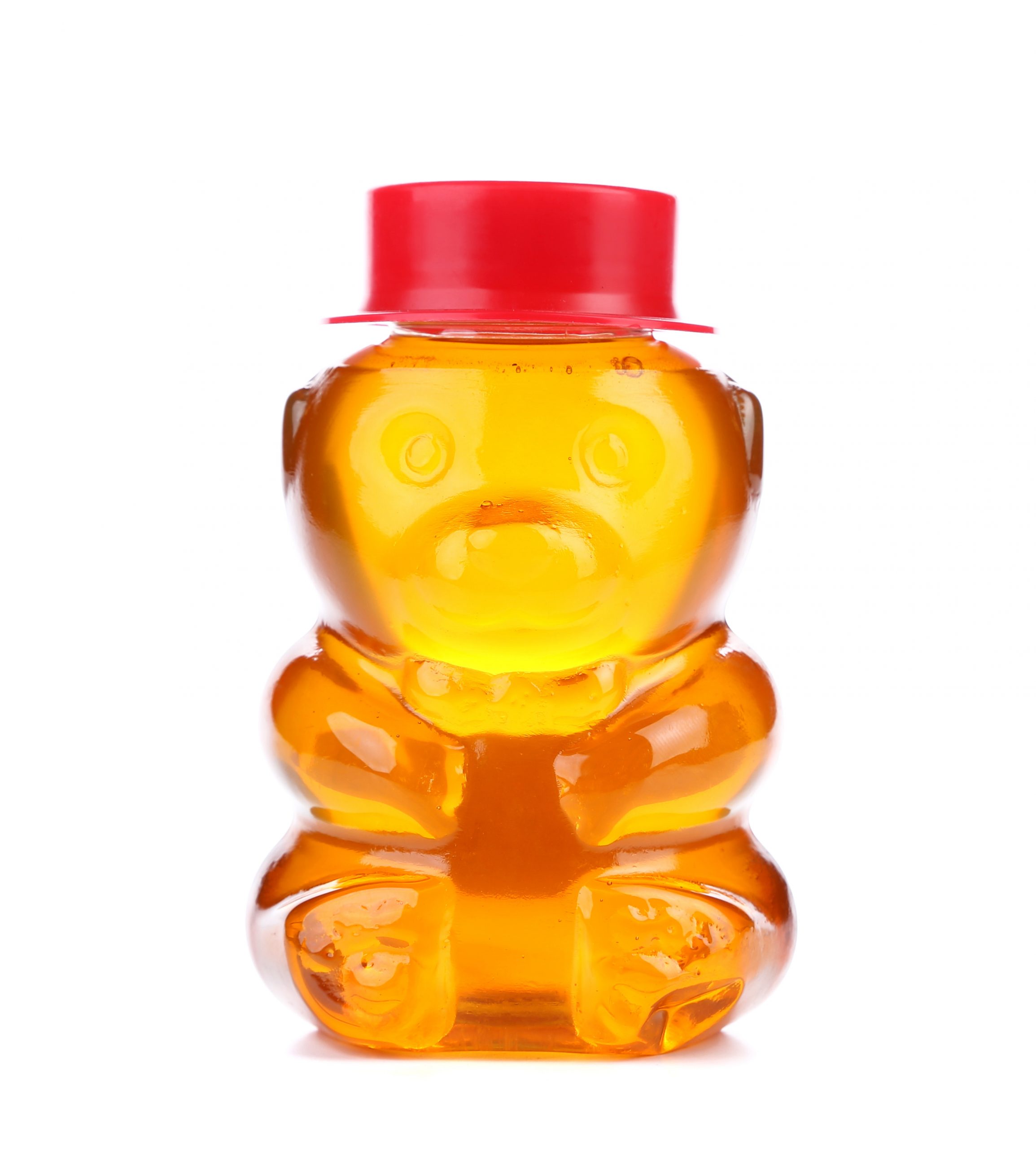Regular Honey vs. Raw Organic Honey
April 10, 2015
What is the Difference and Why is it Important
In the world of honey, not all kinds are created equal. When we think of all the health benefits that “real” or organic honey offers, it can be easy to see why consumers are missing out by purchasing “fake” honey. Bee pollen is always present in organic honey and this component is why honey is considered one of the most natural, nourishing foods. Bee pollen is packed with a number of different beneficial substances, including protein and amino acids, which can help to balance and nourish the human body.
“Fake” Honey vs. “Real” Honey
Supermarkets are littered with cheap, unhealthy honey options that many consumers reach for assuming they are getting the full benefits real honey offers. What many people do not know is that the regular honey they see on store shelves is missing a lot of the healthy ingredients and has been filled with many unhealthy things. For example, “fake” honey contains very little, if any, bee pollen, which contains many of desired benefits. Additionally, this type of honey can contain antibiotics and high fructose corn syrup.
Raw organic honey is a much better alternative to this commonly found honey imposter. This type of honey does contain the proper amounts of bee pollen, which aids in providing health benefits. Some of the benefits that raw organic honey offer for the human body include providing it with a large variety of vitamins and nutrients, provides anti-fungal and anti-viral properties, balances blood sugars, stabilizes blood pressure, while also helping to improve immune functions and promote good digestive health.
Why Bee Pollen is Removed
With all the great benefits that bee pollen offers, why would producers remove this from their honey? Decades ago, doctors and researchers began realizing all the amazing health benefits that honey provides and the demand for the product skyrocketed. Looking to cash in on consumers’ desires, Chinese manufacturers began mass producing the product and, since the demand was so great, began shipping honey out to countries around the world.
Years later, in 2003, Smuckers began recalling hundreds of thousands of pounds of honey from grocery store shelves. Why? During routine testing, chloramphenicol and other contaminants used in products, like eye drops, were found. Since there was bee pollen present in most honey at that time, it was possible for scientists to trace the honey supply back to China using the DNA in the pollen – when this was discovered, the United States banned all shipments of honey coming from that country.
Since Chinese manufacturers could no longer ship to the U.S. and some other countries, they derived a way to still do so. Instead of shipping the product directly from China, manufacturers shipped honey to India, mixed it with Indian honey and, therefore, Indian bee pollen, and it was then shipped to the U.S. From there, “Ultra Filtration” was developed, making it possible to remove the bee pollen and the ability to trace honey’s origin from the equation. Today, 76 percent of all honey stocked in stores lacks bee pollen, meaning that almost all of the honey sold to U.S. consumers is anything but “healthy” honey.
[dt_gap height="20" /]
[products ids="386, 380, 388, 45"]


.jpg)



